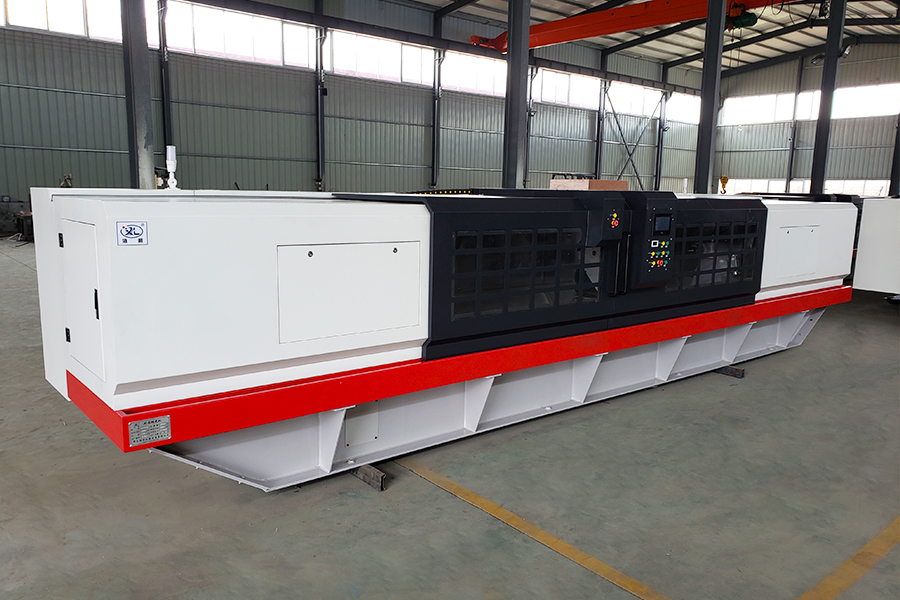Grinding and Polishing Equipment Enhancing Surface Finishes
In various industries, grinding and polishing are crucial processes for achieving high-quality surface finishes on a wide array of materials, including metals, ceramics, glass, and plastics. The equipment used in these processes varies significantly based on the specific requirements of the applications, ranging from small-scale workshops to large industrial operations. This article will explore the types of grinding and polishing equipment, their functions, and their importance in manufacturing.
Types of Grinding Equipment
Grinding equipment is primarily used to remove material from a workpiece to achieve a desired shape, size, and surface roughness. The most common types of grinding machines include
1. Surface Grinders These machines utilize a rotating abrasive wheel to produce a flat surface. They are ideal for producing precision finishes on flat surfaces and are widely used in toolmaking and manufacturing.
2. Cylindrical Grinders Designed for grinding the outer or inner surfaces of cylindrical workpieces, these machines can achieve tight tolerances and are essential in industries where precision is paramount, such as aerospace and automotive.
3. Bench Grinders Typically used for sharpening tools and performing light grinding tasks, bench grinders are compact and versatile pieces of equipment that can be found in most workshops.
4. Tool and Cutter Grinders These specialized machines are used for sharpening cutting tools and industrial blades. They enable users to achieve precise angles and sharp edges necessary for efficient cutting operations.
5. Centerless Grinders These grinders allow for high-precision grinding of materials without the use of a spindle. The workpiece is supported by a regulating wheel and ground between the grinding wheel and the regulating wheel, making it ideal for high-volume production.
Polishing Equipment
grinding and polishing equipment

Once the grinding process is complete, the next step is polishing, which further enhances the surface quality. Polishing equipment is designed to produce a mirror-like finish and is commonly categorized into
1. Belt Polishers These devices use abrasive belts to smooth out surfaces. They are particularly effective for larger workpieces and can accommodate various shapes and sizes.
2. Rotary Polishers These are equipped with rotating pads to apply polishing compounds on surfaces. They are excellent for achieving high gloss finishes, especially on metals and plastics.
3. Orbital Polishers Utilizing a random orbit movement, these polishers prevent swirl marks and are ideal for achieving a uniform finish on larger flat surfaces.
4. Ultrasonic Polishers This innovative equipment uses high-frequency sound waves to agitate polishing compounds in a liquid medium, allowing for outstanding surface finishes on intricate and delicate parts.
Importance in Manufacturing
The significance of grinding and polishing equipment in manufacturing cannot be overstated. These processes not only enhance the aesthetic appeal of products but also improve their functional performance. For instance, a properly polished surface can reduce friction and wear, increase corrosion resistance, and improve adhesion properties for coatings. In sectors like aerospace and automotive, the precision attained through grinding is critical for safety and performance.
Additionally, advancements in grinding and polishing technology continue to evolve, integrating automation and smart manufacturing principles. This trend is driving efficiency and consistency across production lines, allowing manufacturers to produce higher-quality products while reducing waste and operational costs.
In conclusion, grinding and polishing equipment play a foundational role in the manufacturing process, enabling industries to produce high-quality components essential for various applications. As technology continues to advance, these processes will become even more efficient, offering new opportunities for innovation in surface finishing techniques.





